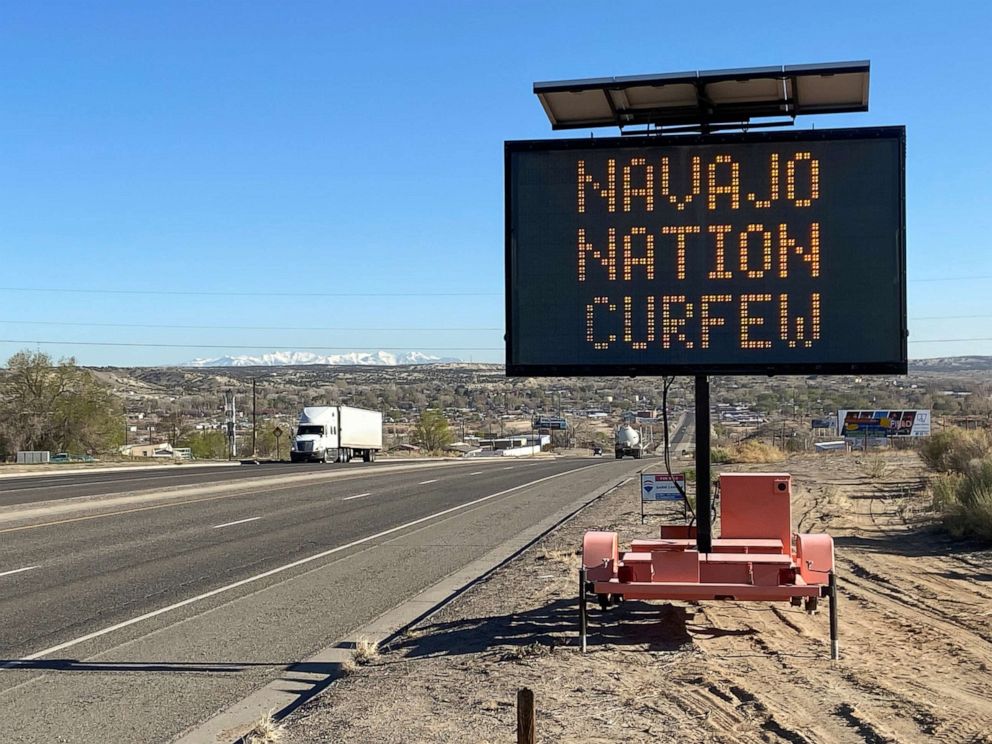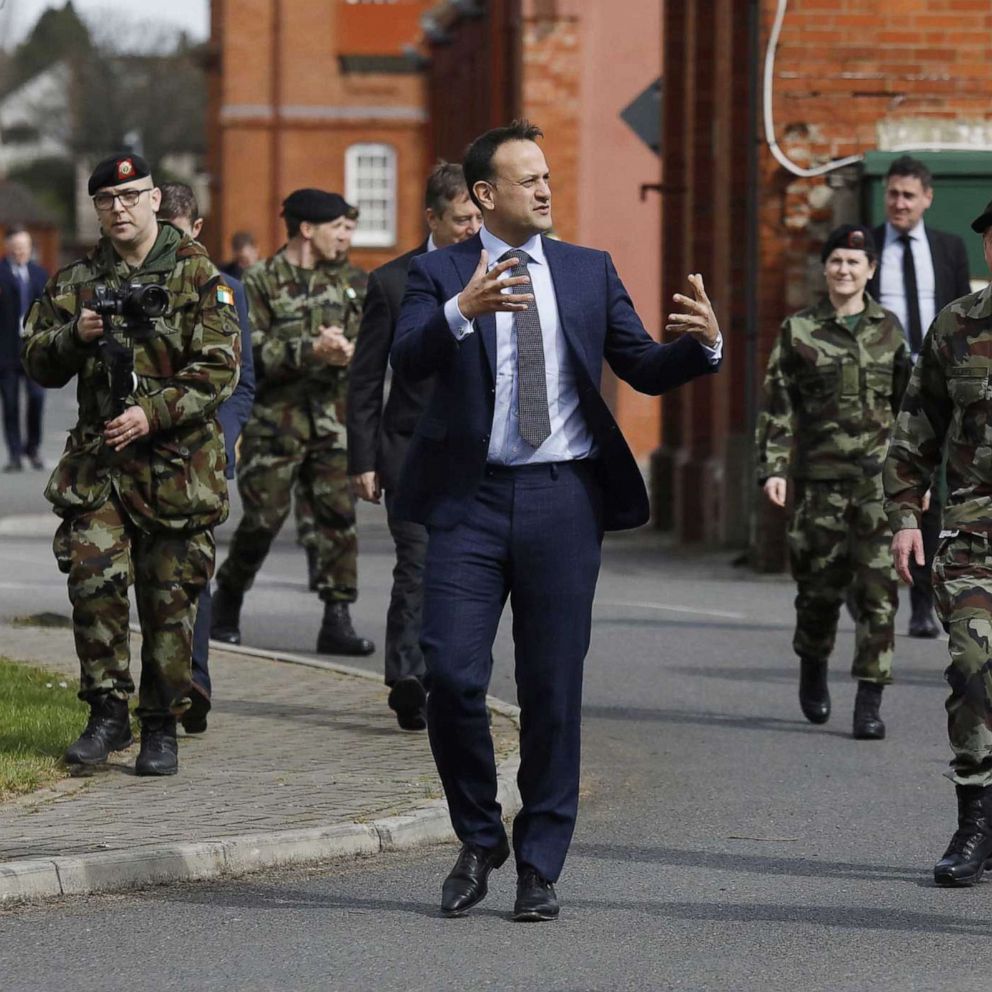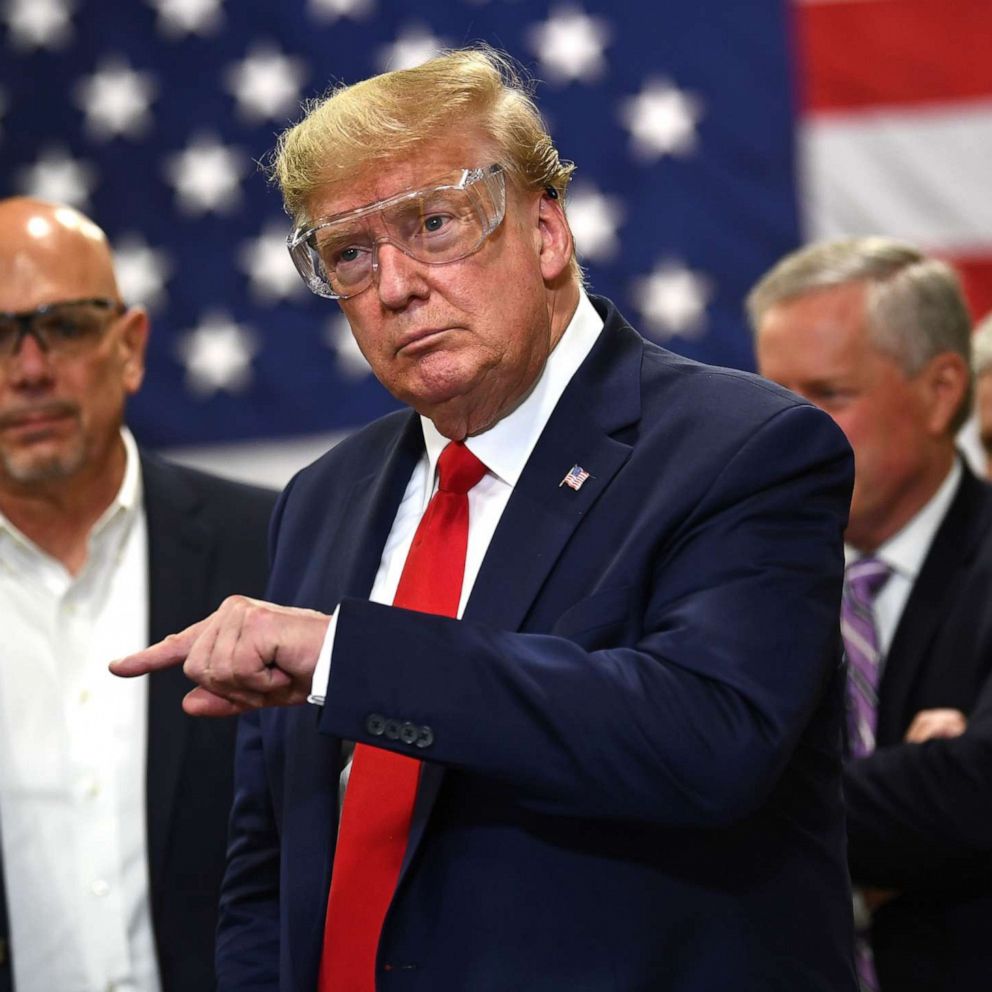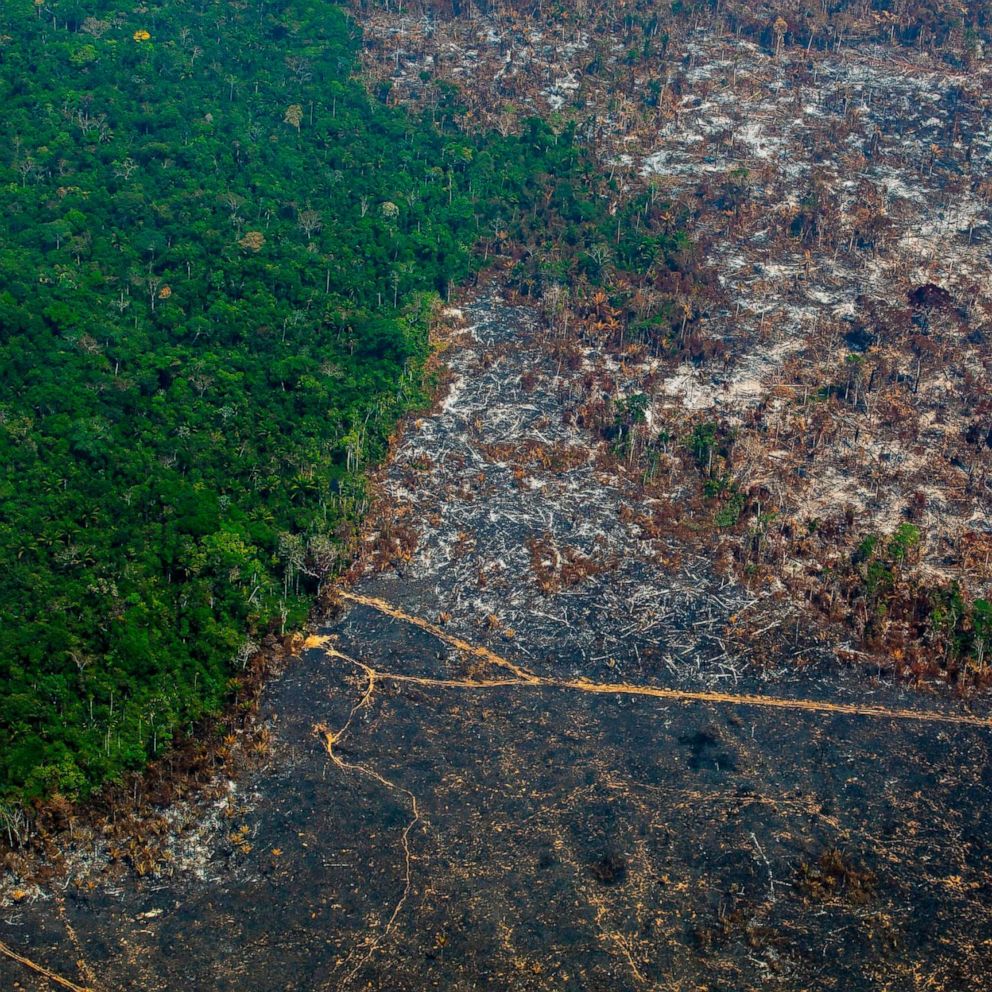Donations flood in from Ireland to Navajo Nation in repayment of centuries-old bond
“When Ireland was in need you understood what Solidarity really looked like."
A relationship between Native Americans and Ireland that dates back nearly two centuries has been revived once again during a time of desperate need.
A GoFundMe page for Navajo and Hopi families devastated by the coronavirus has raised over $3.1 million as of Friday morning, in no small part because of the hundreds of donations coming from names like O'Neill, Hanrahan, O'Leary and Munro.
At least 20,000 donations totaling $670,000 had come in from Ireland by Wednesday morning, a GoFundMe representative told the Navajo and Hopi organizers. The outpouring of support from the Irish was staggering, accounting for nearly 20% of the $3.1 million total raised and about a third of the total donations.
The unexpected relationship began in the 1840s, when the Choctaw Nation raised money for the Irish during the Great Famine. Nearly 175 years later, the Irish are reaching out to the Native American community to repay the good deed.
"At Ireland's time of need during the Great Hunger of the 1840s, Native American people donated to the famine relief effort even though they themselves were still living in hardship. Their generosity will never be forgotten," Dermot Burke wrote on the GoFundMe page on May 3, along with a $30 donation to the Navajo and Hopi relief efforts.
"When Ireland was in need you understood what Solidarity really looked like," read a message from Alan Hopkins, who gave $20.
Reached by ABC news after she donated, Ailish Fitzgerald, a donor from ____, told ABC News she donated because Ireland owes "a huge debt of gratitude to the Choctaw Nation and Ireland never forgets."
"We're now showing solidarity with the oppressed, as well as paying it forward with thanks and love from Ireland for the aid we received during the great Famine from the Choctaw Nation," Fitzgerald said.
"We are so grateful to the Choctaw Nation. Because of them the Irish are helping save Navajo and Hopi lives during the coronavirus pandemic," Cassandra Begay, an organizer of the Navajo and Hopi relief fundraiser, told ABC News.
Navajo Nation has seen a rise of coronavirus cases since the outbreak began in early March, spreading quickly on a reservation that lacks running water for nearly a third of residents and where crowded multi-generational homes can make social distancing all but impossible.

The tribe, which has access to only about 20 intensive care unit beds for a population of nearly 30,000, has pleaded for help from the federal government in combating the spread. Still, neither the Navajo nor any tribes have received any of the $8 billion of aid granted to them in the CARES Act, the nation's coronavirus relief package, until Tuesday, and tribes are still waiting on 40% of the funds.
"We have lost so many sacred elders and youth ,it is heartbreaking. Often times, Native American issues are not seen and that makes us vulnerable," Begay said. "The kindness and respect shown to us by Ireland makes us feel seen and loved in one of the darkest times of history.

The connection between Ireland and Native American tribes dates back to 1847, when the Choctaw Nation raised $170, which translates to $5,350 today, for a relief fund that was sending food and clothing from the U.S. to Ireland during the Great Famine, which was estimated to have killed 1 million people during the 1840s.
"Adversity often brings out the best in people. We are gratified -- and perhaps not at all surprised -- to learn of the assistance our special friends, the Irish, are giving to the Navajo and Hopi nations," the Choctaw tribe said in a statement to ABC News. "Our word for their selfless act is 'iyyikowa' -- it means serving those in need. We have become kindred spirits with the Irish in the years since the Irish Potato Famine. We hope the Irish, Navajo and Hopi peoples develop lasting friendships, as we have. Sharing our cultures makes the world grow smaller."
At the time, the Choctaw tribe was suffering from the toll the Trail of Tears had taken on its own population. Nearly a quarter of the tribe was wiped out by the 600-mile trek from areas in the Southeast to territory west of the Mississippi after being forcibly evicted from their land by the U.S. government between 1830 and 1834.
In the decades since, Choctaw Nation and Ireland have kept up the relationship, continuing to use it to remember the suffering that entwines the two nations' experiences. In 1992, more than 20 Irish men and women walked the Trail of Tears, raising relief funds for a famine in Somalia, and a few years later, Gary White Deer, a member of the Choctaw Nation, led an annual Famine Walk in Ireland, according to the Irish Times.
Then, in 2017, the Irish honored the Choctaw nation with the Kindred Spirits Choctaw Monument, an art installation in Midleton, Ireland, to commemorate the Choctaw donation during the potato famine.
"After we lost a fourth of our people coming across the Trail of Tears, we turned around and sent $170 over to the people of Ireland. Now, to me that's true servant leadership. That's a type of values that I want to pass on to my kids and to my grandkids," Choctaw Chief Gary Batton said at the time the monument was installed.
He added, "It makes me honored to represent the people that does those type of efforts."







